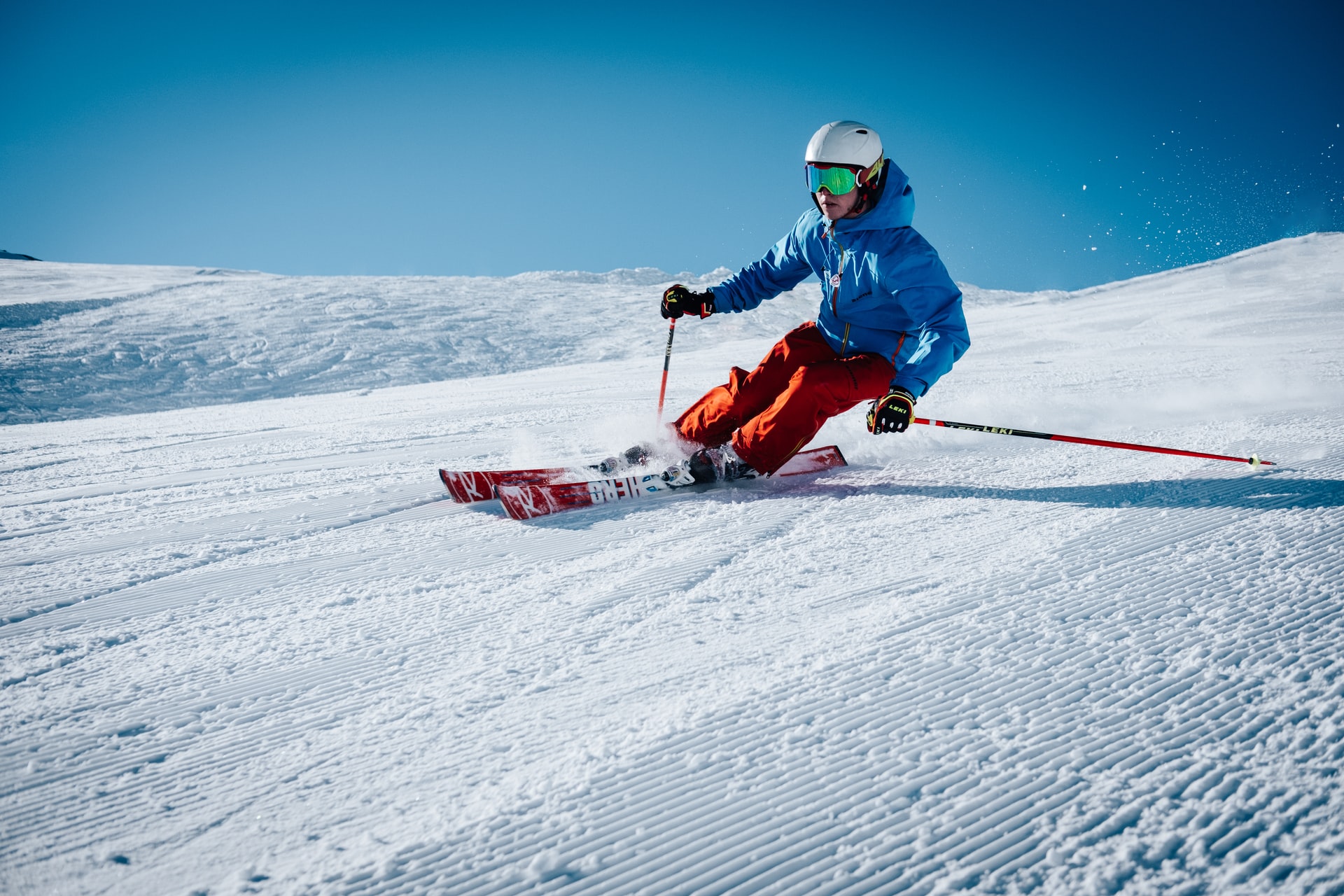Outdoor activity is an unpredictable place, and although you’re watching out for your health and harms, you don’t have any means of telling what will take place. The important thing here is preparedness and take up some healthcare course to be more knowledgeable. Fully-stocked first-aid apparel is among the main things that you need to bring into a camping excursion. And needless to say, it is ideal you know just how and when to utilize the stuff within the kit. Minor accidents need first aid activity, but you ought to contact caregivers for important ones.
Knee and Ankle Injuries
 Swelling can be acute, and the wounded area its environment will continue to swell a day or two following the effect. Rush is the main matter to promote recovery. Discontinue your hike and not permit the individual to place weight on the injured region to prevent swelling. Elevate the knee by hammering up the ankle on a few pillows. Your knee should be in accord with your heart amount. This guarantees that the swelling will probably be consumed by the rest of the human body instead of accumulating in the foot and calf, causing complications like limited blood flow to these regions. Continue the pleasure outside even though there is an accident – here are a few of the most frequent camping injuries and how to treat them.
Swelling can be acute, and the wounded area its environment will continue to swell a day or two following the effect. Rush is the main matter to promote recovery. Discontinue your hike and not permit the individual to place weight on the injured region to prevent swelling. Elevate the knee by hammering up the ankle on a few pillows. Your knee should be in accord with your heart amount. This guarantees that the swelling will probably be consumed by the rest of the human body instead of accumulating in the foot and calf, causing complications like limited blood flow to these regions. Continue the pleasure outside even though there is an accident – here are a few of the most frequent camping injuries and how to treat them.
Cuts, Wounds, and Infections
The exterior has countless surfaces that are rough and jagged borders, which makes it an accident-prone location. Minor scratches are common and readily solved, but you ought to understand what to do if you can find bleeding cuts and heavy wounds, which may cause disease. Insert more pads in case the prior ones become soaked. You might even use a bandana for a pressure bandage by wrap the wound onto it closely. When the bleeding is controlled, then wash the wound using sterile water. You might need to re-wash and re-apply ointment and look out for symptoms of infection.
Bruises
Bruising, for example, swelling, may be acute with knee injuries. During the impact, the very small blood vessels at the knee break, leading to subcutaneous bleeding. When a bone is fractured, or ligaments are torn, bleeding will probably be intense, leading to severe swelling and swelling. The blood flows throughout the delicate tissues around the knee and spreads the calf down and the thigh up. It is not unusual for bruising to stretch up to the inner thigh and stomach region or down to the ankles with more acute bleeding. Ice the injury when you can limit swelling and swelling. The cold temperatures contract the blood vessels and reduce the bleeding. Additionally, it slows down the cell metabolism to curb the spread of this bruising. Do not apply ice directly to your skin. Instead, use a skillet to cover your skin.…


